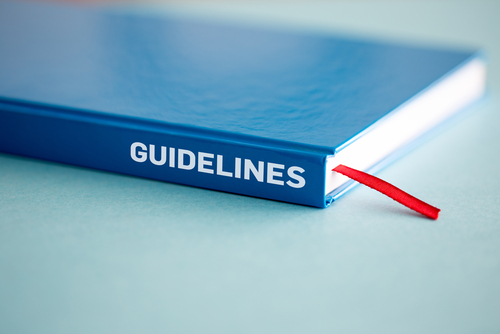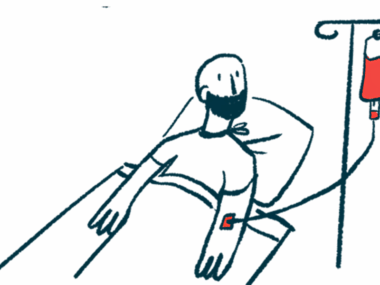Panel of Experts Propose Guidelines for Myasthenia Gravis Treatment and Care
Written by |

The Myasthenia Gravis Foundation of America brought together a group of experts with the aim of establishing a formal consensus statement for the treatment and care of patients with myasthenia gravis (MG).
An overview on the proposed guidelines was recently published in the article, “Developing treatment guidelines for myasthenia gravis,” published in the Annals of the New York Academy of Sciences.
Several drugs that can modulate or inhibit the response of the immune system are currently available for the treatment of patient with myasthenia gravis. But the diverse clinical presentation of the disease makes it harder to establish a generalized standard of care.
Treatment guidelines are very useful not only to clinicians to ensure proper and enhanced patient care, but they are also used by third-party payers, governmental health organizations, and institutional review boards.
To create a guide for clinicians worldwide on the multifaceted approach to managing MG, 15 international experts in myasthenia gravis participated in the consensus process that took place in October 2013.
“The panel was chosen by the task force co-chairs [Donald Sanders and Gil Wolfe] to represent the breadth of knowledge and experience and a wide variety of opinions from MG experts internationally,” the researchers said.
The experts addressed seven main MG treatment topics:
- symptomatic and immunosuppressive treatment;
- intravenous immunoglobulin and plasma exchange;
- management of myasthenic crisis;
- surgical removal of the thymus (thymectomy);
- juvenile MG;
- MG with MuSK antibodies;
- MG in pregnancy.
The panel conducted a systematic review of published clinical data and clinical trial results in MG to gather all the available evidence.
Combined with the RAND-UCLA Appropriateness Method (RAM), which evaluates the relative harm-versus-benefit of a given intervention, the experts established several draft guidance statements for each of the seven topics.
“The guidance statement is a living document that will require updates as new treatments and new information on current treatments become available,” the researchers stated.
“In general, treatment recommendation statements should be reviewed every 2-5 years to determine whether an update is needed,” they added.
An executive summary of the guidance statement was published in the journal Neurology, in an open access report titled “International consensus guidance for the management of myasthenia gravis: executive summary.”






Leave a comment
Fill in the required fields to post. Your email address will not be published.